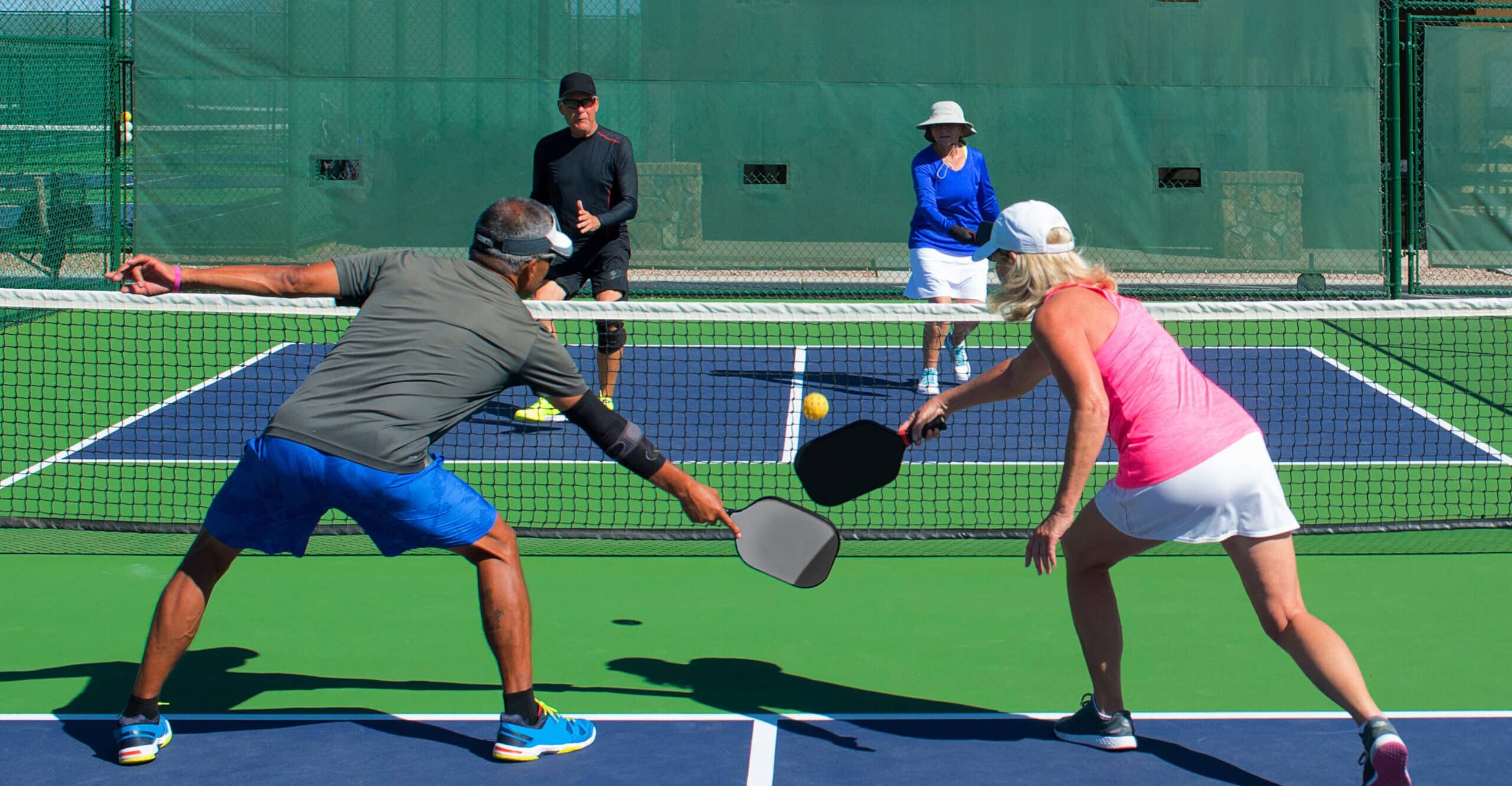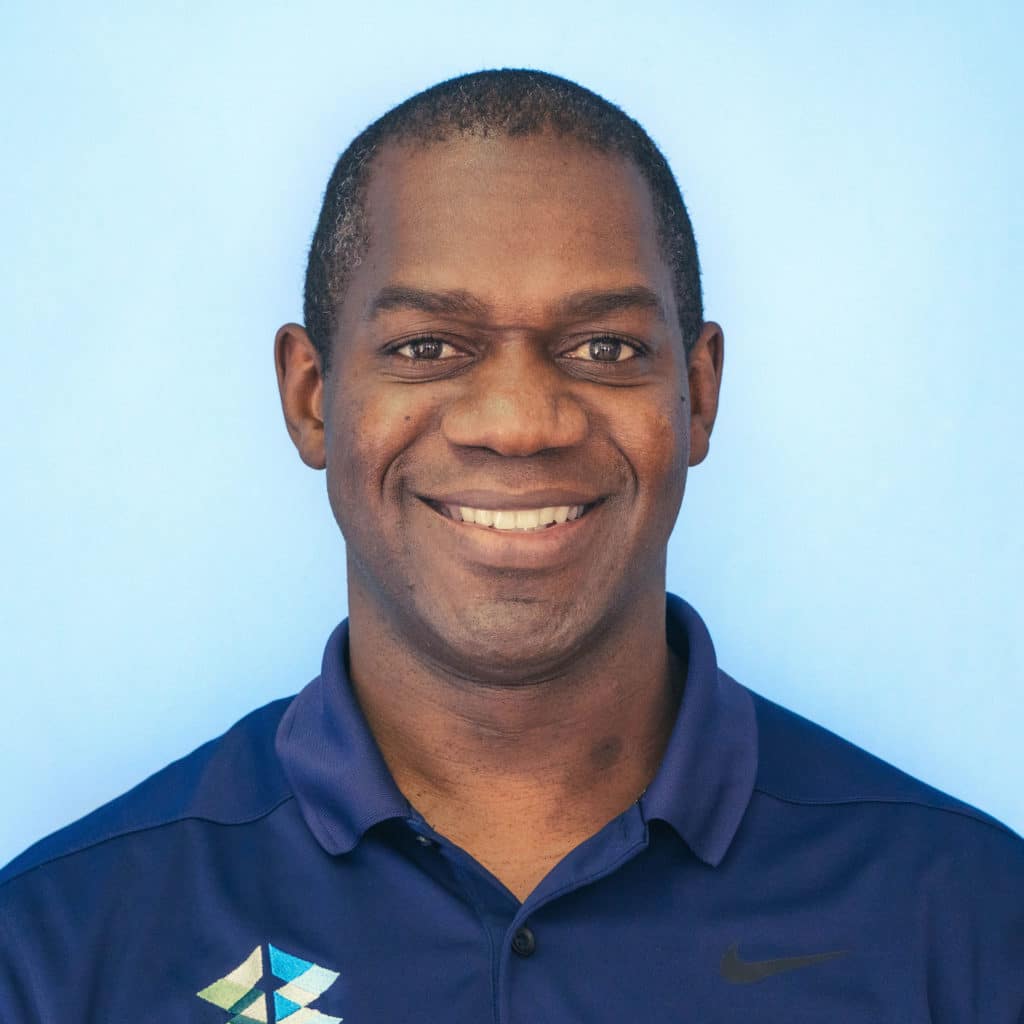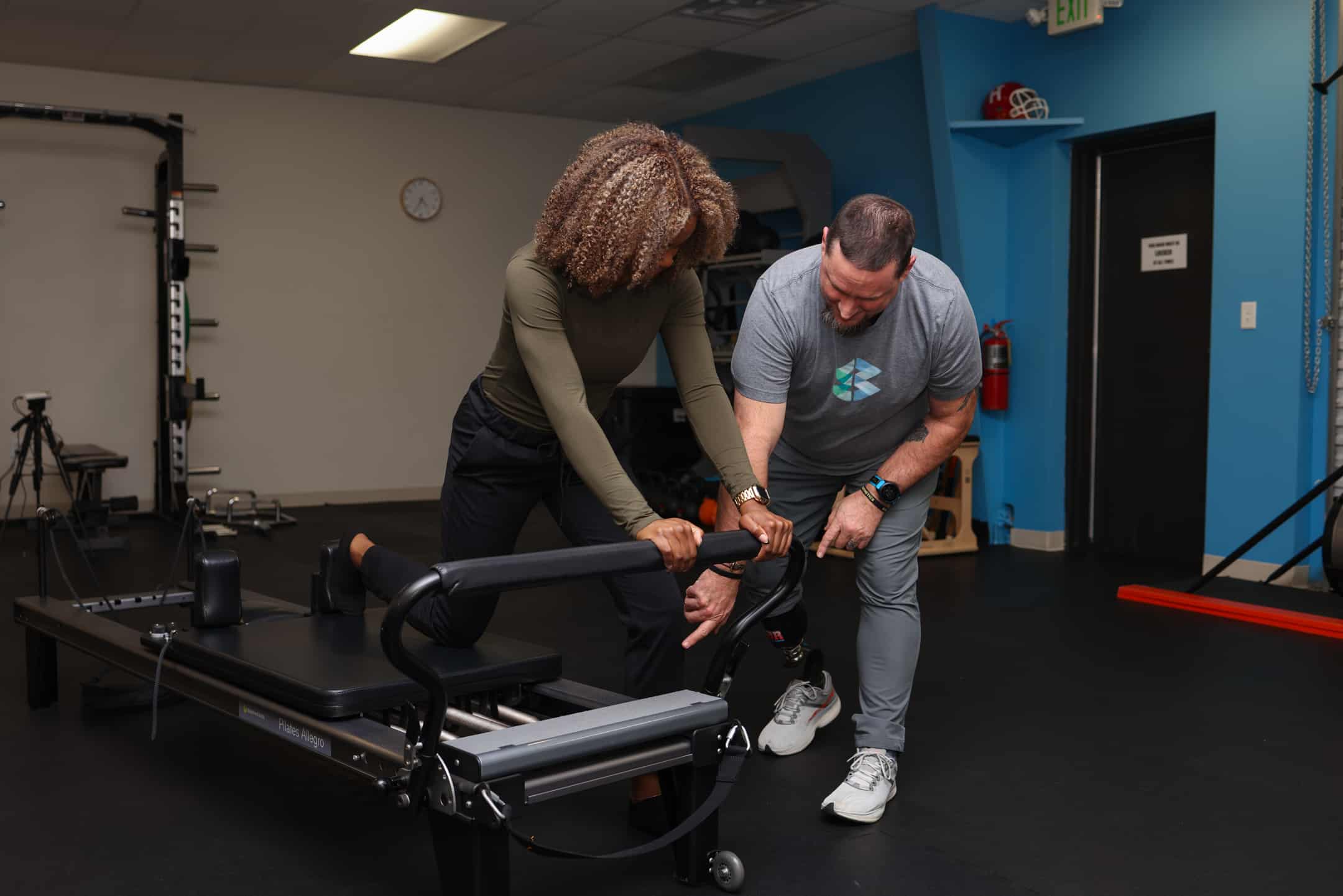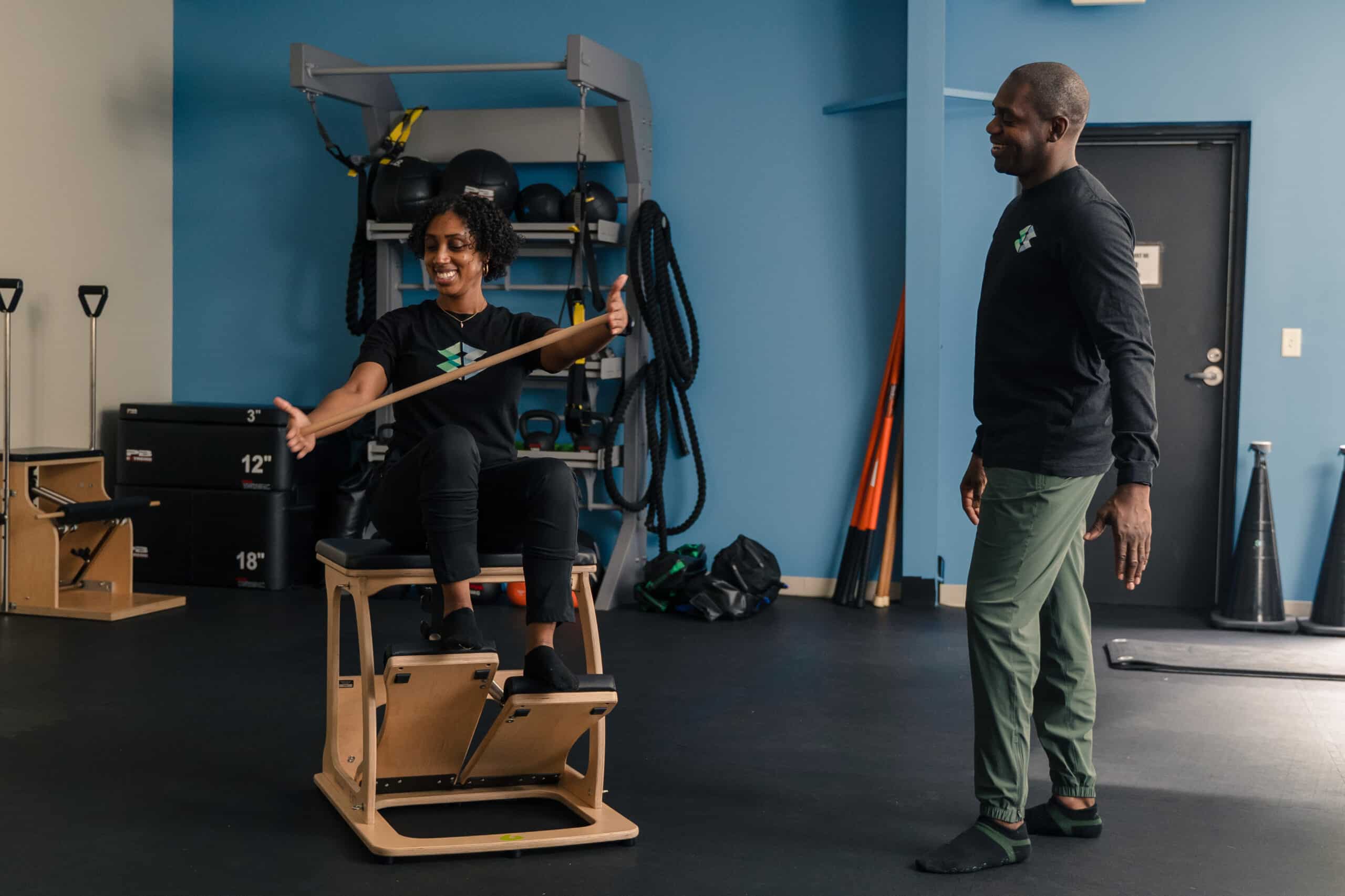Each day at the Trussville Civic Center, as well as in the city of Clay, Gardendale, or at City Walk in Birmingham, thousands of people show up to play pickleball. They spend anywhere from one to three hours challenging their bodies and doing their part to stay physically active. Some choose pickleball for the competition, while others have been drawn to the fast-growing sport because it may not be as physically demanding as tennis and other forms of daily exercise but it is one of the fastest, if not the fastest growing sport in America. Pickleball has also seen its share of injuries. We have written about “overuse injuries” in youth sports like baseball, which is tied to the athletes’ age and the number of games played. It is widely recommended that young baseball pitchers be placed on pitch counts to limit the amount of stress on their developing shoulders and elbows. A recent CNN article states that pickleball has accounted for $377 million in healthcare costs. Part of those costs being unanticipated costs because of the number of people playing pickleball who are 60 years of age or older.
There are some inherent risks involved with catching the pickleball bug and those risks are a little bit greater as we age or “marinate.” Our bones, ligaments, and muscles become less resilient to stress as part of the aging process which can lead to more injuries and a need to manage how often we play. Some of the common injuries for pickle ballers are sprains and strains. While fractures and dislocations do occur, they usually are results of falls. Besides the physiological reasons for pickleball injuries, there are some other things to take into consideration. Most of the people playing pickleball do not have what we call a full movement diet. When we look at human movement, there are certain key aspects we all do on some level; we push, pull, rotate, change height, walk, balance, and disassociate (upper body moving in a different direction than the lower body). Many people do not all experience those movements on a regular basis to prepare them to execute them while playing pickleball. As we age, we should intentionally work on things like balance and coordination if we want to successfully start or continue to play pickleball or any sport. Diseases like arthritis, osteoporosis, and your typical back pain or neck pain can further complicate your pickleball journey. All that being said, it is possible to play pickleball at a high level and have fun all while remaining safe.
For people who have a desire to play pickleball, we recommend a three-step process: 1. Work on your mobility, stability, and function; 2. Learning the skills associated with pickleball; 3. Your preparation should include a great dynamic warmup (moving forward, backwards, side to side, rotating, balancing, pushing, pulling, and disassociating). Having a regular training program (strength, mobility and agility) helps build a foundation that helps you maintain great functional movement, which is required for sports including pickleball and tennis. They also help you sharpen your reaction, time, vision, and dynamic balance.
Living a long life is great but maintaining a great quality of life balances longevity and function. To do that requires attention to not just what we do of parentheses “150 minutes of exercise each week” but how we engage in physical activity. Pickleball is not a unicorn as it relates to injuries and exercise or sport, but it does impact a different population than what we typically think about. It is important that your exercise program does not become a risk factor for poor health outcomes. When choosing a new recreational sport, there needs to be thought given to your baseline mobility, stability and function. Regardless of your stage of life, it is important to have a great plan as you strive to move well, live well and do amazing things.





